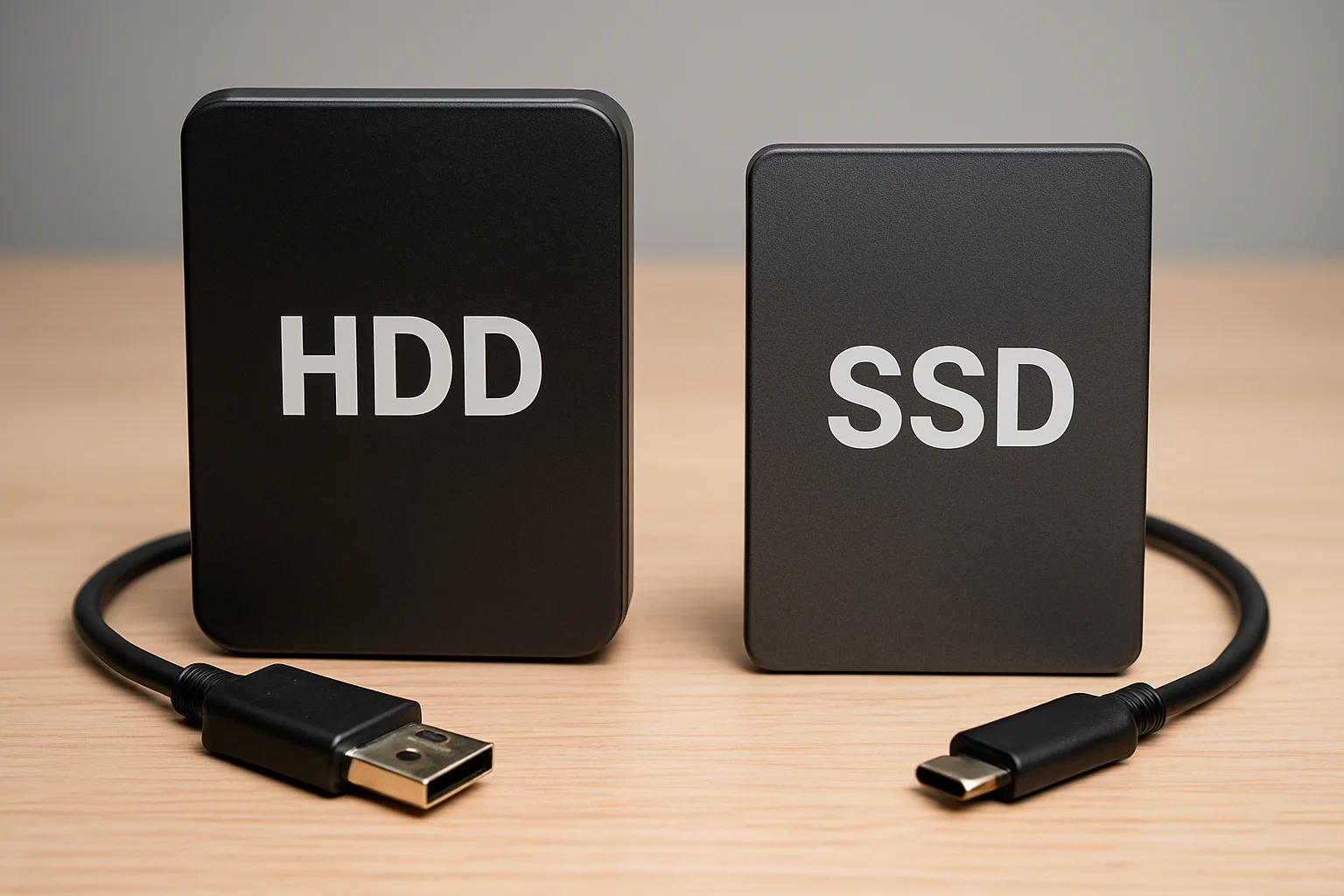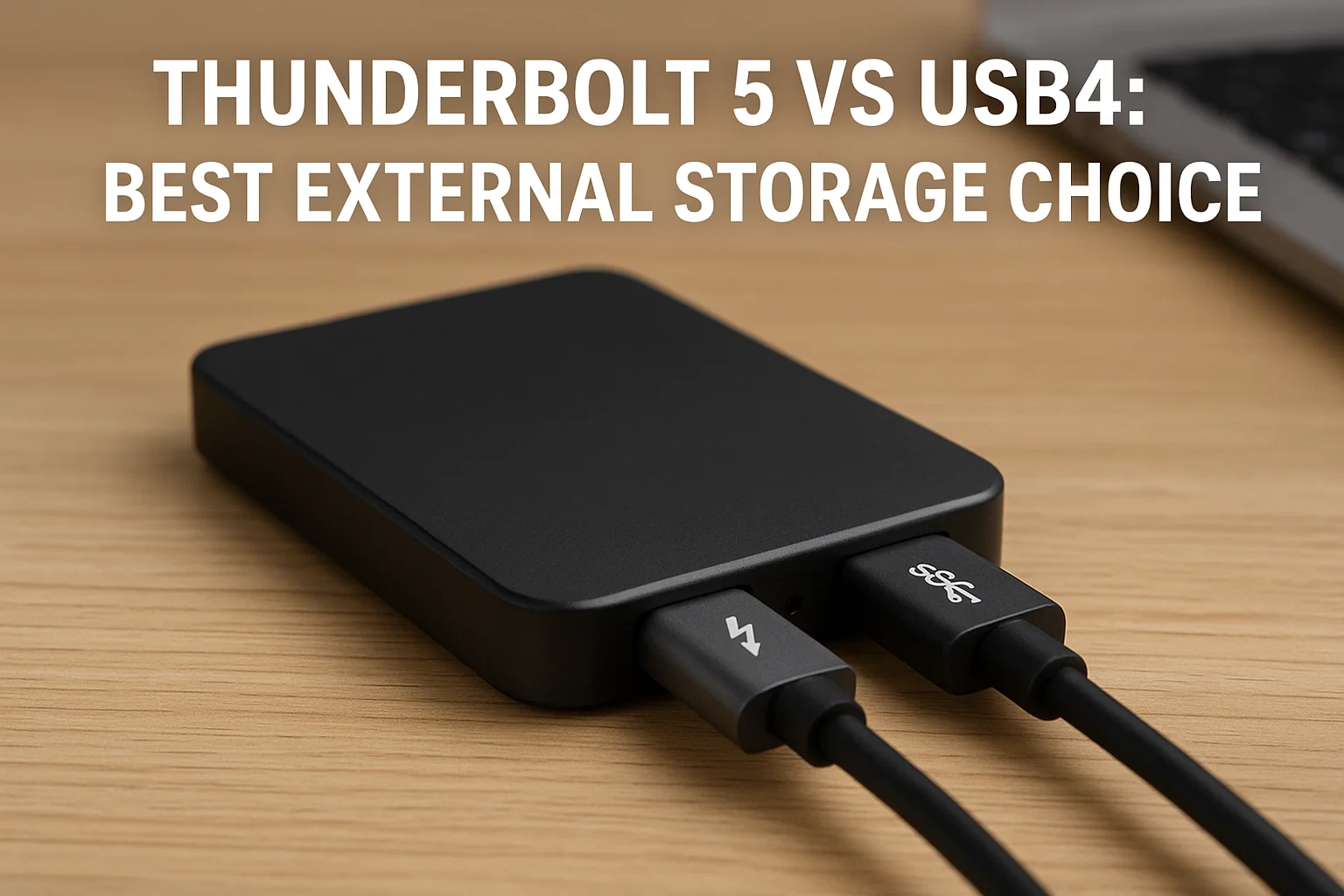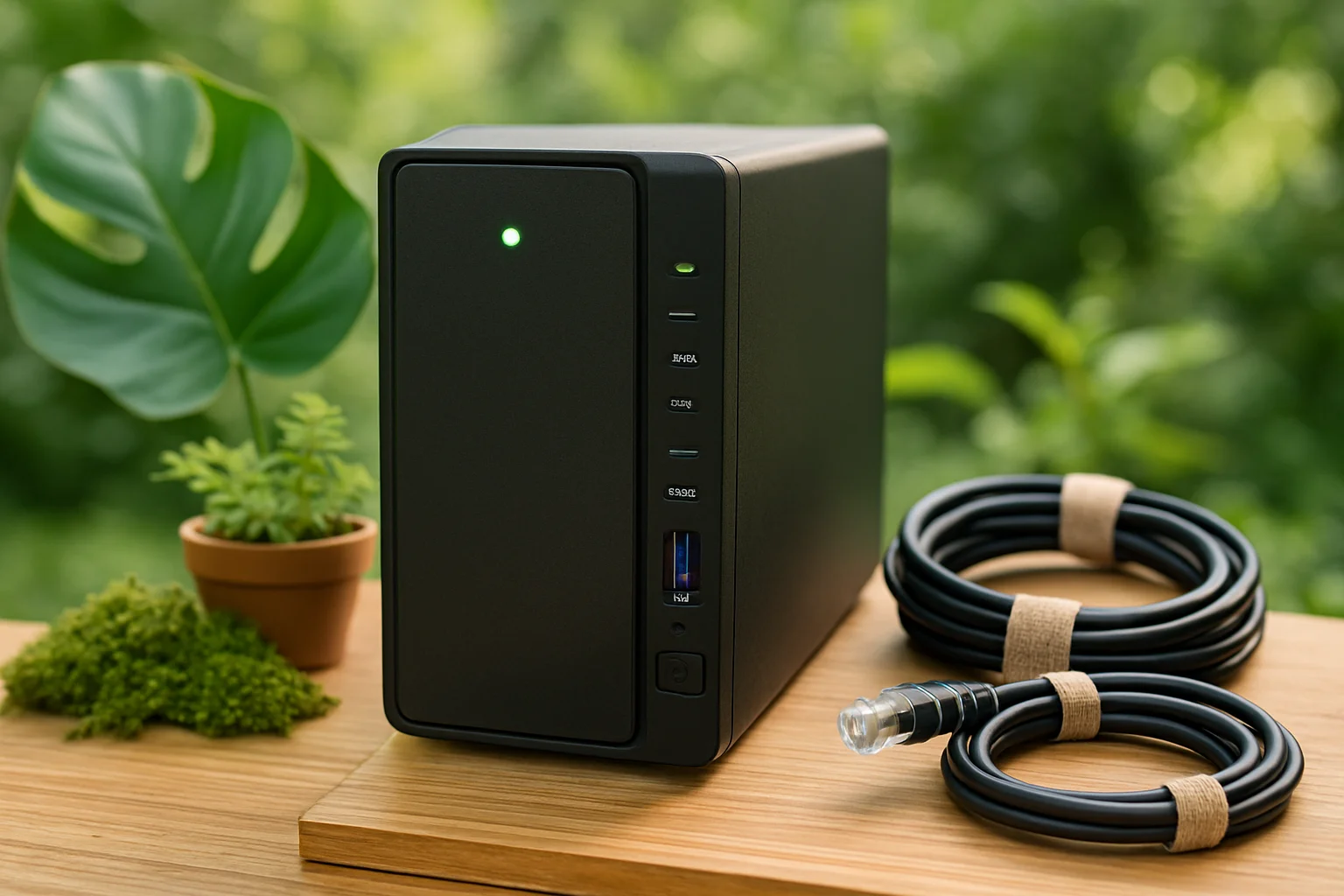What Is an SD Card?
An SD card (short for Secure Digital card) is a small, portable memory card used primarily to store digital data. It functions as a removable storage device compatible with a wide range of electronics, including digital cameras, smartphones, tablets, drones, and laptops.
The core purpose of an SD card is to provide non-volatile storage, which means it retains data even when the power is turned off. This makes it ideal for saving photos, videos, music files, documents, and other types of data.
Physically, an SD card is typically about the size of a postage stamp, making it incredibly convenient for portable devices. It uses flash memory technology, a type of solid-state storage that has no moving parts, leading to greater durability and faster access times compared to older storage types like magnetic disks.
Internally, SD cards contain multiple components, including a memory chip where data is stored and a controller chip that manages the reading and writing of data. The controller also handles error correction and wear leveling to prolong the card's lifespan.
Unlike traditional hard drives, SD cards are silent and consume very little power, which is crucial for battery-operated devices such as cameras or portable gaming consoles.
The popularity of SD cards stems from their ease of use, widespread compatibility, and ability to expand device storage quickly and affordably. Users can simply insert an SD card into a compatible slot to increase available storage without needing to upgrade the entire device.
The Different Types of SD Cards
SD cards come in several types that differ mainly by their storage capacity and file system standards. Understanding these types is essential to choosing the right card for your device and needs.
1. Standard SD (SDSC)
The original SD card type, known as SDSC (Secure Digital Standard Capacity), supports capacities from up to 2 GB. SDSC cards use the FAT16 file system and are mostly obsolete today due to their limited size, but they can still be found in older devices.
2. SDHC (Secure Digital High Capacity)
Introduced to meet the growing demand for larger storage, SDHC cards support capacities ranging from 4 GB to 32 GB. They use the FAT32 file system, which allows for more efficient storage management at higher capacities.
SDHC cards are widely used in consumer electronics such as digital cameras and smartphones and offer a good balance of storage size and performance for most users.
3. SDXC (Secure Digital Extended Capacity)
Designed for professional and advanced consumer devices, SDXC cards offer much larger capacities, from 32 GB up to 2 TB. They use the exFAT file system, which supports very large files and partitions, making them ideal for recording high-resolution videos and raw photography files.
SDXC cards are commonly recommended for 4K video recording, professional photography, and high-speed data transfers.
4. SDUC (Secure Digital Ultra Capacity)
The newest SD card type, SDUC, pushes storage limits even further, supporting capacities from 2 TB up to 128 TB. SDUC also uses the exFAT file system and is intended for future-proof applications requiring massive storage, though compatible devices are still emerging.
Physical Sizes
In addition to the capacity-based types, SD cards come in three physical sizes:
- Standard SD: The original, largest size measuring 32 × 24 × 2.1 mm, mostly used in cameras and laptops.
- miniSD: Smaller than standard, measuring 21.5 × 20 × 1.4 mm, now largely obsolete.
- microSD: The smallest form factor, measuring just 15 × 11 × 1 mm, commonly used in smartphones, drones, and action cameras.
While the physical size affects device compatibility, the card type (SDSC, SDHC, SDXC, SDUC) determines the maximum storage capacity and file system. Many devices specify which types and sizes they support.
SD Card Sizes and Form Factors
SD cards are available in three main physical sizes, each designed for different types of devices and use cases. The size you choose must be compatible with your device’s SD card slot. Below is an overview of these sizes and their typical applications.
| Form Factor | Dimensions (mm) | Typical Devices | Notes |
|---|---|---|---|
| Standard SD | 32 × 24 × 2.1 | Digital cameras, camcorders, laptops, printers | Original SD card size, widely used in devices with ample space. Offers high durability and ease of handling. |
| miniSD | 21.5 × 20 × 1.4 | Older mobile phones, some PDAs | Introduced as a smaller alternative but now largely obsolete and rarely used. |
| microSD | 15 × 11 × 1 | Smartphones, tablets, drones, action cameras, gaming consoles | The smallest and most popular size today due to compact devices. Requires adapters to fit into standard SD slots. |
It’s important to note that although the form factor defines the physical size of the card, it does not determine the card’s capacity or speed class. For example, microSD cards are available in all types: SDHC, SDXC, and SDUC.
Many devices specify which card sizes and types they support. Using a card with the wrong form factor will simply not fit physically or may require an adapter.
Adapters are commonly used to insert a microSD card into a standard SD slot. These adapters are passive and do not affect performance but add versatility by making microSD cards compatible with a wider range of devices.
Because microSD cards are so small, they are more prone to being lost or damaged if handled carelessly. Therefore, it is advisable to store them carefully and avoid frequent removal if possible.
Speed Classes Explained
The speed class of an SD card indicates its minimum sustained write speed, which is critical for applications like video recording, burst photography, and data-intensive tasks. Understanding these speed classes helps you choose a card that matches your device's performance requirements.
Basic Speed Classes (Class 2, 4, 6, 10)
These speed classes are marked by a number inside a circle (e.g., Class 10) and define the minimum write speed in megabytes per second (MB/s):
- Class 2: Minimum 2 MB/s
- Class 4: Minimum 4 MB/s
- Class 6: Minimum 6 MB/s
- Class 10: Minimum 10 MB/s
These classes are sufficient for standard definition video and general photography but may fall short for high-definition or 4K video recording.
UHS Speed Classes (UHS-I, UHS-II, UHS-III)
Ultra High Speed (UHS) classes apply to newer SD cards designed for faster data transfer, especially important for HD and 4K video. They are marked with a number inside a "U" shape:
- U1: Minimum 10 MB/s write speed (equivalent to Class 10)
- U3: Minimum 30 MB/s write speed, suitable for 4K video and faster burst shooting
The physical interface for UHS cards is also faster:
- UHS-I: Up to 104 MB/s theoretical transfer speed
- UHS-II: Up to 312 MB/s, recognized by a second row of pins on the card
- UHS-III: Up to 624 MB/s, also with additional pins
Video Speed Classes (V6, V10, V30, V60, V90)
For video professionals and enthusiasts, the Video Speed Class rating ensures a minimum sustained write speed optimized for video recording. It is marked with a "V" followed by a number:
- V6: Minimum 6 MB/s
- V10: Minimum 10 MB/s
- V30: Minimum 30 MB/s (ideal for 4K video)
- V60: Minimum 60 MB/s (for 8K video or high bitrate recording)
- V90: Minimum 90 MB/s (top tier for professional 8K workflows)
Application Performance Classes (A1, A2)
Introduced for cards used in smartphones and tablets, the Application Performance Class rates random read/write speeds essential for running apps directly from the SD card:
- A1: Minimum 1500 random read IOPS and 500 random write IOPS, sustained sequential write of 10 MB/s
- A2: Minimum 4000 random read IOPS and 2000 random write IOPS, also 10 MB/s sequential write
These classes ensure smoother app performance when using the SD card as extended internal storage.
Important: Always check both the speed class and the device’s compatibility to get optimal performance. Using a card with a lower speed class than required can cause recording interruptions or slow file transfers.






